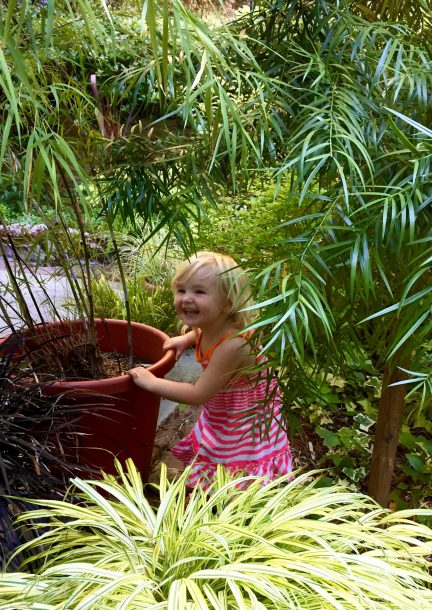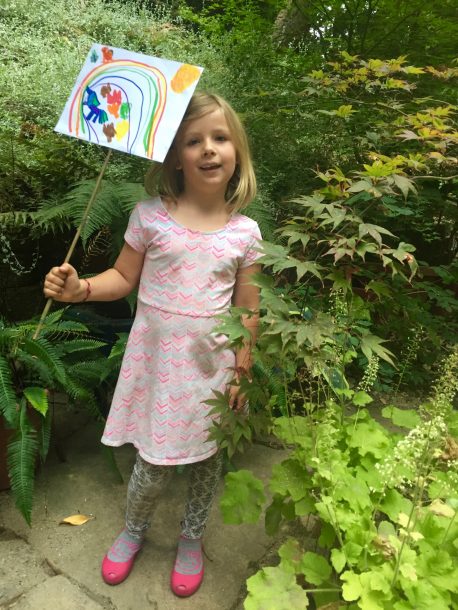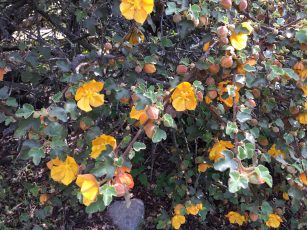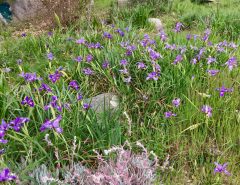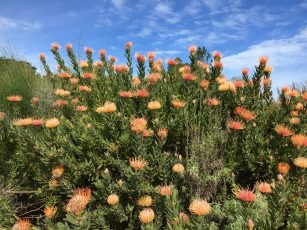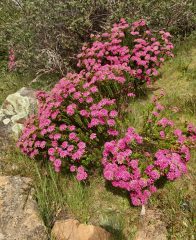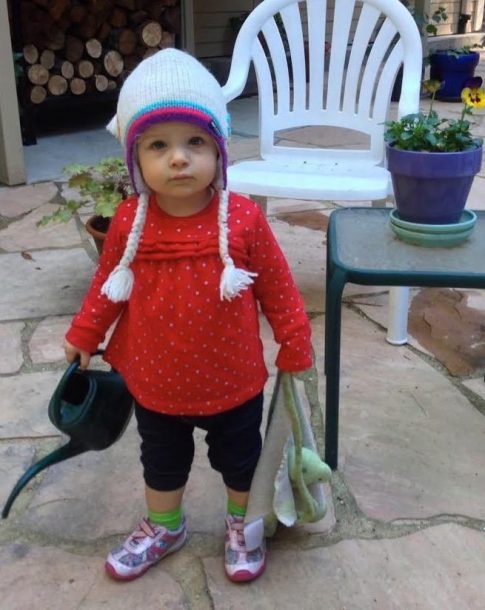
Earth Day celebrates the natural beauty of our planet and reminds us that we need to keep it healthy. Always on April 22nd, Earth Day is a day of education about environmental issues. This year is the 50th anniversary of Earth Day and while we?ll not be gathering together you can plant a tree, clean up litter, garden, hike in the woods, marvel at emerging wildflowers, be in contact with the soil and breathe fresh air outside on this day.
Celebrate Earth Day in your own backyard by being outside. It?s your own personal outdoor living room – a safe place for pets and kids to play. Just get outside, maybe trim some shrubs, plant something for the birds and pollinators. When you become a steward of your own yard, you are helping to preserve you own corner of the ecosystem. Our connection to the earth is one of the most valuable lessons we can share with our children.
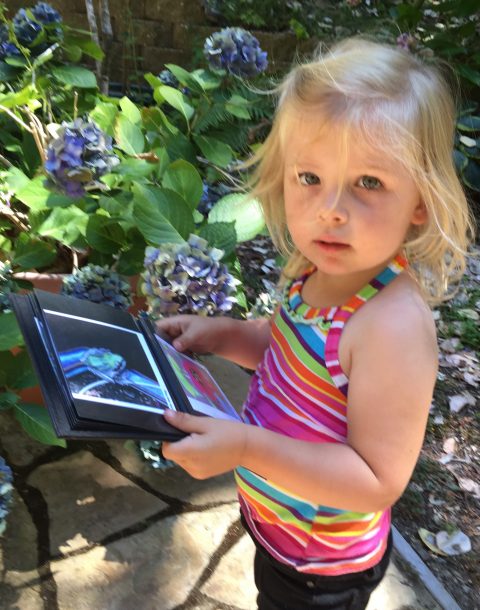
In a garden, children can breathe fresh air, discover bugs and watch things grow. And, of course, a garden offers kids and everyone else fresh, tasty homegrown food. What better place for kids to play than in a place where they can use their hands and connect with the earth? Where else can they make a plan for a plot of land and learn the lessons of hope and wonder, suspense and patience and even success and failure? In a garden you can have conversations about life and even death in a way that doesn’t seem so sad.
Finding things to do in the garden is easy. You probably already have some edible flowers in your garden. Tuberous begonia petals taste like lemon. Calendulas are spicy as are carnations and marigolds. Dianthus are clove-flavored, nasturtiums give a hint of horseradish and violas, pansies, hollyhock, squash blossoms and johnny-jump-ups taste like mild lettuce. You can also freeze flowers like violas, fuchsias, geranium, stock and thyme in ice cubes.
Flowers that kids can cut will be interesting for them, too, especially when planted in their own garden. Cosmos, planted from six packs, provide instant color as well as attracting butterflies. Zinnias come in a rainbow of colors and are a favorite of swallowtail butterflies. Another easy to grow flower for cutting is the snapdragon.
Besides flowers, fragrant foliage plants like lemon basil, lemon verbena, lime thyme, orange mint and other herbs engage the senses and can be included in a kid’s garden.
Pet-able plants are a sure hit with kids. Usually we tell them, “Don’t touch”, so to actually have someone encourage this is a rare treat. If your own garden doesn’t have plants that look and feel so soft that you can’t resist petting them, consider adding lamb?s ears which are soft and furry, artemisia ?Powis Castle? or fountain grass.
All kids love lady bugs. Make your garden a more inviting place for these and other beneficial insects by planting lots of flowers and herbs to attract them. Lady bugs will patrol your plants looking for tiny insects and their eggs.
Flowers with umbrella shaped clusters of small flowers such as cosmos, zinnia, black-eyed Susan and yarrow are favorites of butterflies.
Kid friendly gardens should not contain plants that are poisonous. Sounds like a no brainer but even some of our common natives like the berries of snowberry and the leaves of Western azalea are poisonous. Non-toxic plants include abelia, abutilon, liriope, butterfly bush, Hens and Chicks, columbine, coneflowers, coreopsis and black-eyed Susan. Better to check the poison control website if in doubt. http://www.calpoison.org and search “plants”.

To share one?s excitement and knowledge of the outdoor world with a child is fun and rewarding. The wonder on a young person?s face as they discover a swallowtail butterfly, a flower just starting to open or a bird feeding in the garden is priceless. And be sure to leave some time after a busy day out in the garden for kids to draw what they?ve enjoyed outside.
Get a kid into gardening and nature and they’ll be good stewards of the land for a lifetime. Plus you?ll have a lot of fun in the process.

